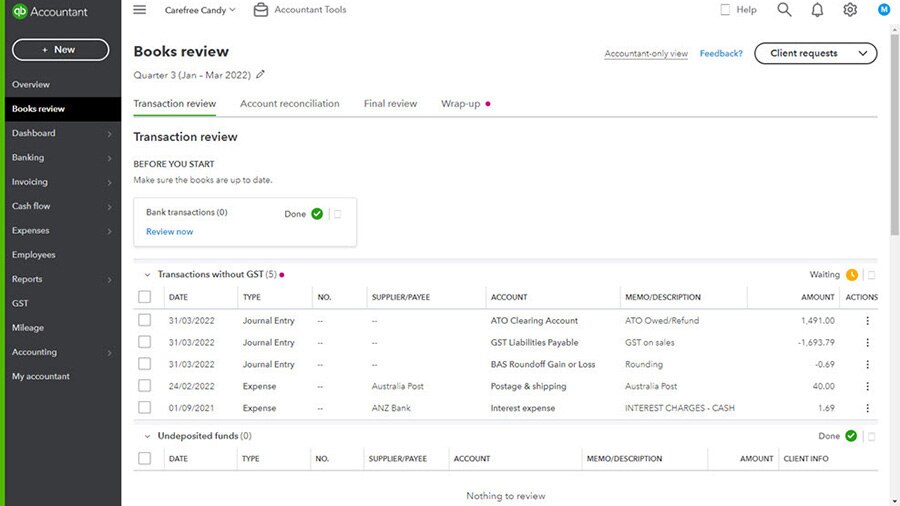Keep Up to Date With QuickBooks
Keeping track of payroll changes can be challenging for business owners.
Employers were obliged to pay the increase in the first full pay period after 1 July 2022 meaning that this was a legal requirement that employers had to be aware of.
The FWC meets annually, meaning that business owners must pay attention to updates to ensure they are legally compliant year on year.
However, with Quickbooks Payroll, business owners do not need to spend time making new calculations to update payroll. Instead, this is all done automatically within the system.
As an employer, business owners have enough to worry about keeping employees happy without dissecting the constantly changing obligations regarding pay, especially when it’s never a one-size-fits-all solution for staff. They want to compensate employees fairly without any fuss.
QuickBooks Payroll makes payroll a breeze as we take care of all the math, stay up to date and compliant with the Australian Tax Office (ATO), Single Touch Payroll (STP), and whatever changes come in from the FWC.
Furthermore, we also make it convenient for employees, with easily accessible payslips and forecasting to help them keep track of their earnings.
Check out the Payroll price plans or try our service during a free 30-day trial to see how Payroll can provide assistance and remove the payroll burden for business owners.















